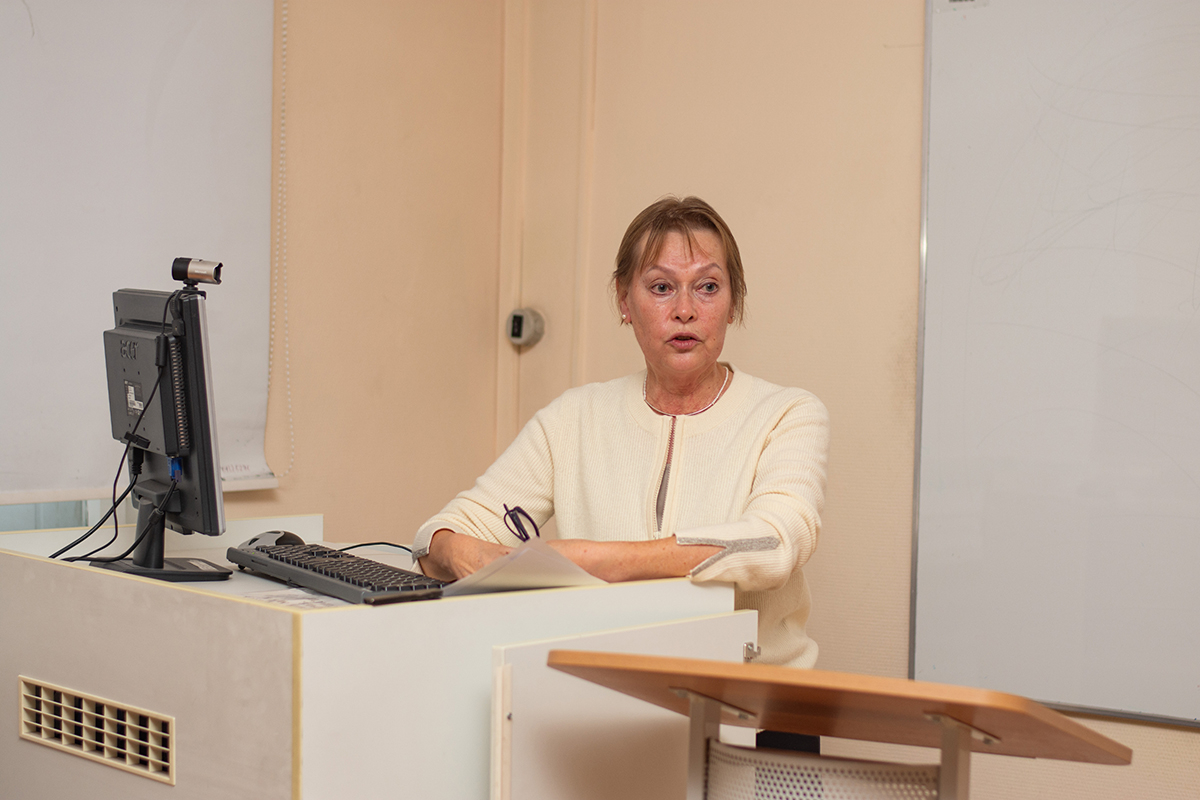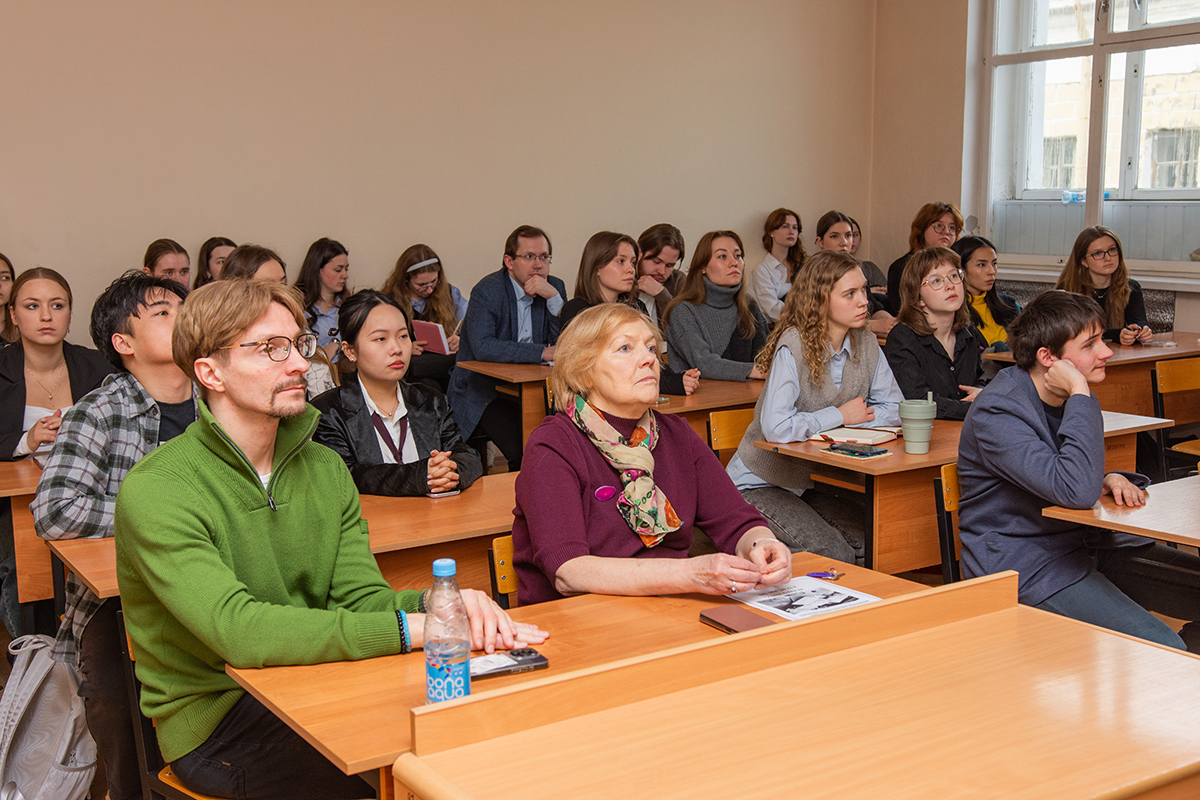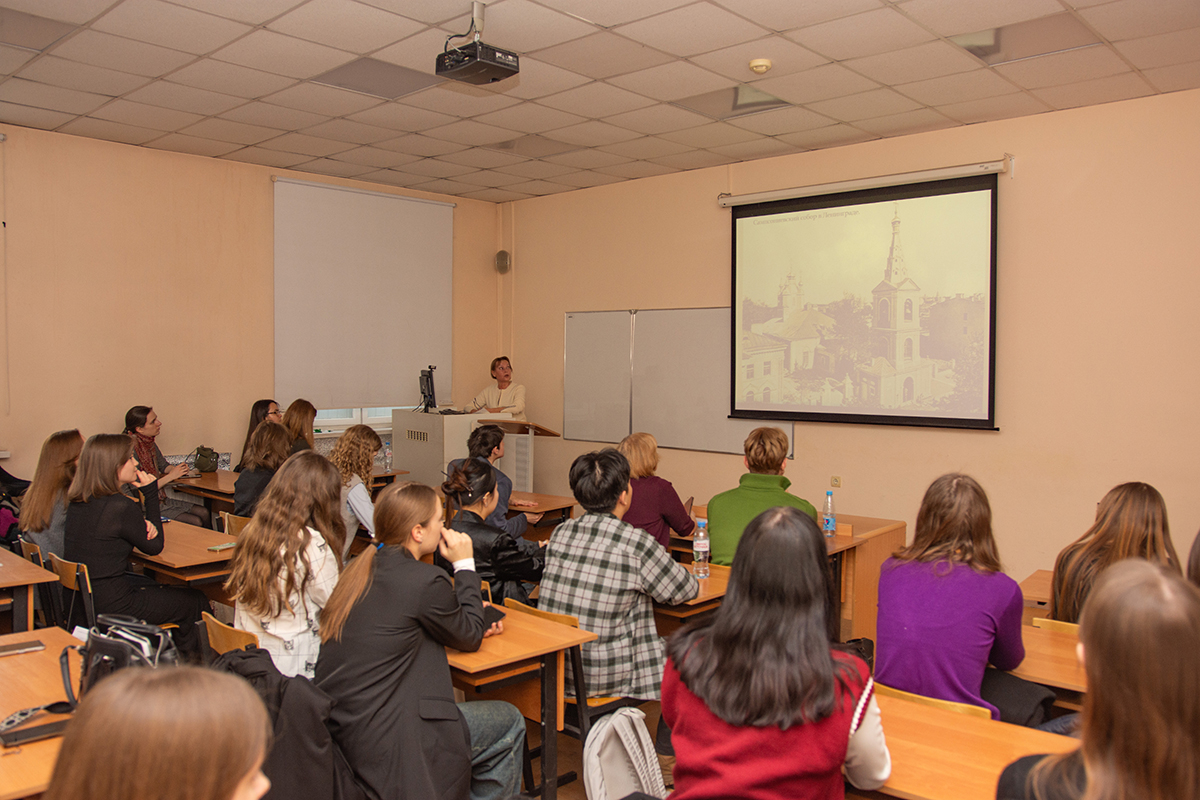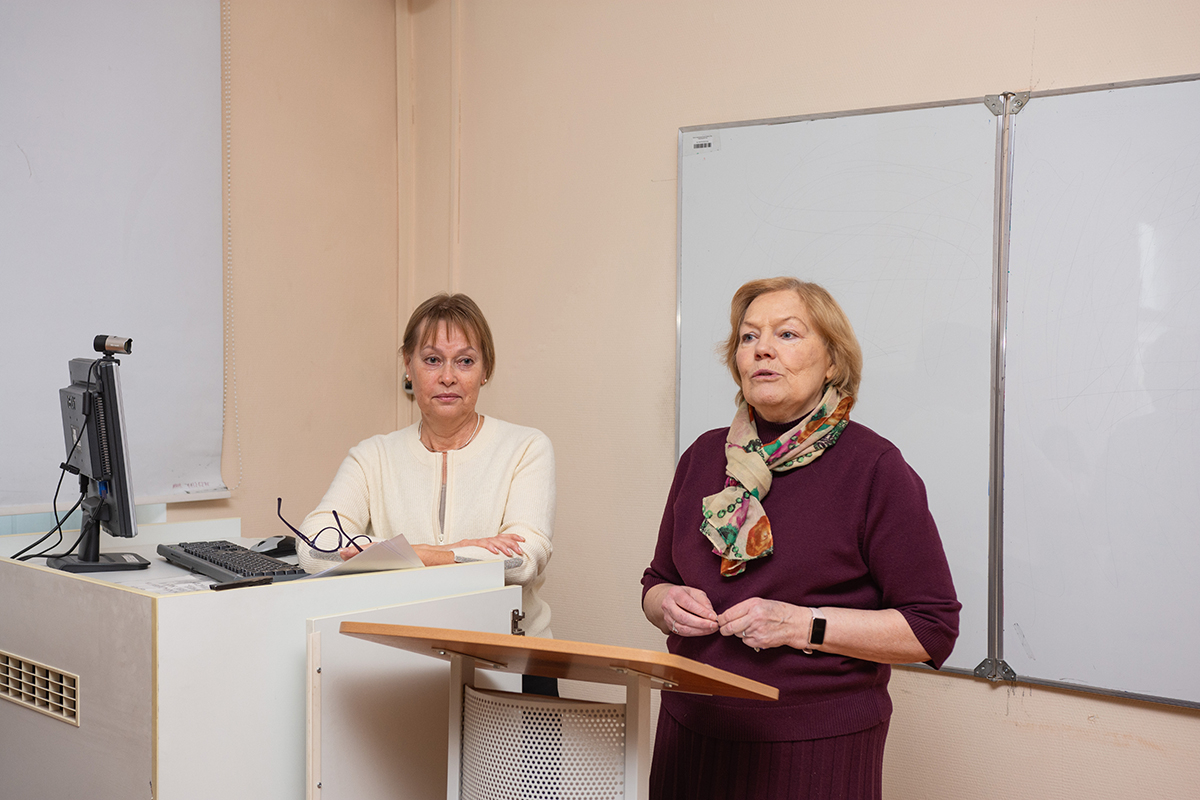St Petersburg University seminar highlights the Hermitage’s preservation of Leningrad Siege memory
St Petersburg University has hosted a research and practical seminar titled "Topical Issues in Museology". During the event, Elena Solomakha, Deputy Head of the State Hermitage’s Research Archive of Manuscripts and Documentary Collection, spoke to students about how the State Hermitage Museum showcases materials highlighting the heroism of its workers during the Siege of Leningrad.
Elena Solomakha emphasised that preserving historical memory has always been crucial to the State Hermitage Museum. In 1943, Scientific Secretary Lev Rakov proposed creating an exhibition about the Siege of Leningrad. The following year, the Museum opened a permanent exhibition titled "The Heroic Defence of Leningrad". After the war, this exhibition evolved into the Museum of the Defence and Siege of Leningrad, where city residents contributed letters, documents, and other memorabilia. In 1949, however, the political purges known as the Leningrad affair began. Lev Rakov was arrested, the Museum was closed, and its collections were practically vandalised. The subject received little attention until the late 1990s, when the first exhibitions and cultural events about the Siege of Leningrad began to be held in the cellars under the New Hermitage Building. During the war, these cellars served as bomb shelters and housed museum staff and their families, who continued their research work there.
The research and practical seminar "Current Issues in Museum Studies", organised by the staff of the Department of Museum Management and Historical Monuments Preservation of the Institute of Philosophy at St Petersburg University, has been running for more than 12 years.
One of the most notable events commemorating this chapter of Leningrad’s history was the 2004 opening of the installation "Citizens of the Siege" designed by the film director Alexander Sokurov. For this installation, the Russian sculptor Pavel Shevchenko, Corresponding Member of the Russian Academy of Arts, created a sculptural composition featuring 25 figures. These figures, representing soldiers, city people, and women with small children, were sculpted from simple grey clay, typically used for modelling future monuments. Each figure was dressed in authentic period clothing provided by the Lenfilm studio.
"The project was very impactful. The installation in the cellars of the Hermitage Museum left a particularly strong and emotionally distressing impression. Although the sculptural composition does not accurately reflect the Museum’s true history — as no soldiers lived there during the Siege — Alexander Sokurov felt that this chapter of our history was being forgotten. He believed that a stark visual image was necessary to stir emotional, national, and civic memory, highlighting the horrors endured by the citizens of besieged Leningrad," Elena Solomakha said.
During the Siege of Leningrad, vegetable gardens were laid out in all of Leningrad’s parks and gardens, including the Hanging Garden of the Small Hermitage. Drawings and documents about what was planted there are preserved in the Museum’s Archive. In 2005, Vladimir Matveev, Deputy Director of the State Hermitage Museum, proposed an unusual commemorative action. In the spring, potatoes, carrots, and other vegetables were planted in the Hanging Garden, and in the autumn, the Museum staff harvested the crops.
In 2025, Russia is going to commemorate the 80th anniversary of its victory in World War II. To honour this significant milestone, the State Hermitage Museum has prepared a large-scale historical and memorial project titled "The Hermitage in the War Years". On the Museum’s website, visitors can learn about the efforts of museum workers to preserve priceless collections, their lives and research work under extremely challenging conditions, and the process of returning exhibits to their rightful places after the war. The project also highlights a temporary exhibition of art and cultural monuments that remained in Leningrad during the Siege, which opened in November 1944.
Elena Solomakha, Deputy Head of the State Hermitage’s Research Archive of Manuscripts and Documentary Collection, announced that this year the Museum plans to open an exhibition in its former bomb shelters, No 3 and No 4. The exhibition will feature documents, photographs, and historical artefacts. Notably, it will include the boxes used to transport part of the museum collection to Sverdlovsk in July 1941. Some of these boxes were also used during the Hermitage’s evacuation in 1917.
Joseph Orbeli, the Museum Director at the time, studied best practices from around the world for packing and transporting museum artefacts. He also utilised the Hermitage’s own established techniques. By then, the Museum had already undergone two evacuations: one in 1812 and another in 1914–1917. Many staff members still remembered the latter evacuation, and the techniques used during that period came in handy again in 1941.
Elena Solomakha, Deputy Head of the State Hermitage’s Research Archive of Manuscripts and Documentary Collection
"For instance, it was then decided to leave picture frames behind and write inventory numbers on the walls to facilitate rehanging later," Elena Solomakha explained. "Unlike most museums in the city, the Hermitage had been practically ready for evacuation by the start of the war. As early as in 1938, Joseph Orbeli managed to convince the city authorities to allocate the building of Saint Sampson’s Cathedral in Leningrad to the State Hermitage Museum. There, a team of workers discreetly made boxes to specific dimensions and stocked packing materials, paper, and wood shavings. By April 1941, even packing inventory lists were printed."
Visitors to the Museum’s website will soon be able to view a three-dimensional model titled "Wounds of the Hermitage", which highlights the locations where aerial bombs and shells struck the Museum buildings during the Siege. In the meantime, visitors can explore historical photographs and drawings by artists who documented the damage inflicted on the Hermitage during the shellings and bombings. Additionally, 3D panoramas of the bomb shelters in the Hermitage’s cellars, based on drawings by the theatre artist Mikhail Grigoriev who lived and worked in a bomb shelter, convey the atmosphere in which the Museum staff lived.
I have met many of the people who served in the State Hermitage Museum in the war years. So, such projects are emotionally challenging and difficult for me.
Elena Solomakha, Deputy Head of the State Hermitage’s Research Archive of Manuscripts and Documentary Collection
"These feelings do not fade over time. Currently, I am working at the Institute of History and Arts with Mikhail Grigoriev’s diaries. Reading them makes you feel scared, as if you were sitting in a dark cellar. When you step outside and see people walking and cars driving in the streets, it feels so strange," Elena Solomakha shared.
Those unable to visit the Museum in person can download the book "The Hermitage: Chronicle of the War Years, 1941-1945″. This publication includes excerpts from letters and diaries of the Museum workers who preserved the collections in besieged Leningrad and its branch in Sverdlovsk, cared for children in the Hermitage boarding school, and were evacuated to various cities and towns across the country while maintaining contact with each other. Elena Solomakha stressed that the compilers intentionally chose personal materials to craft a first-person narrative for the book.







